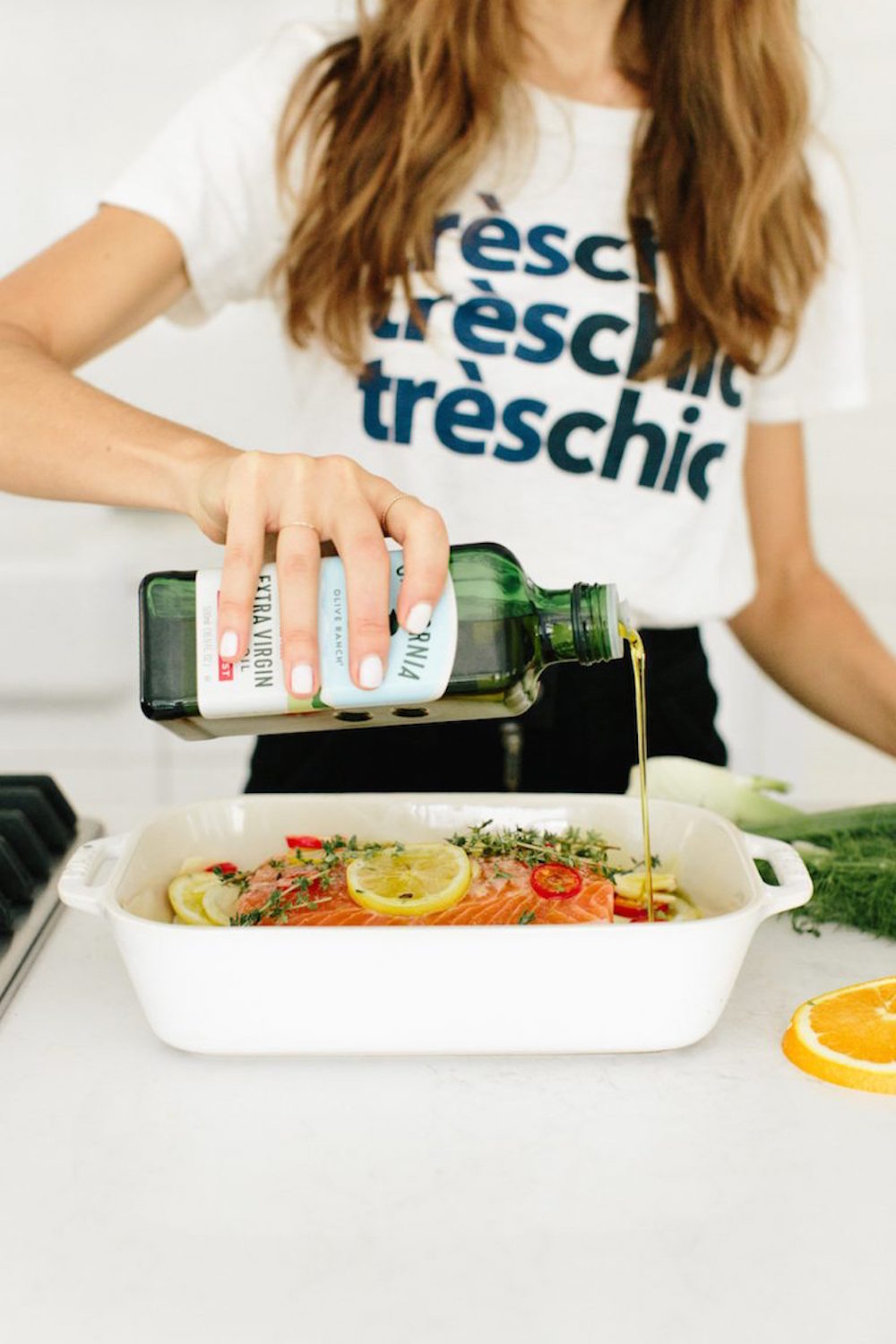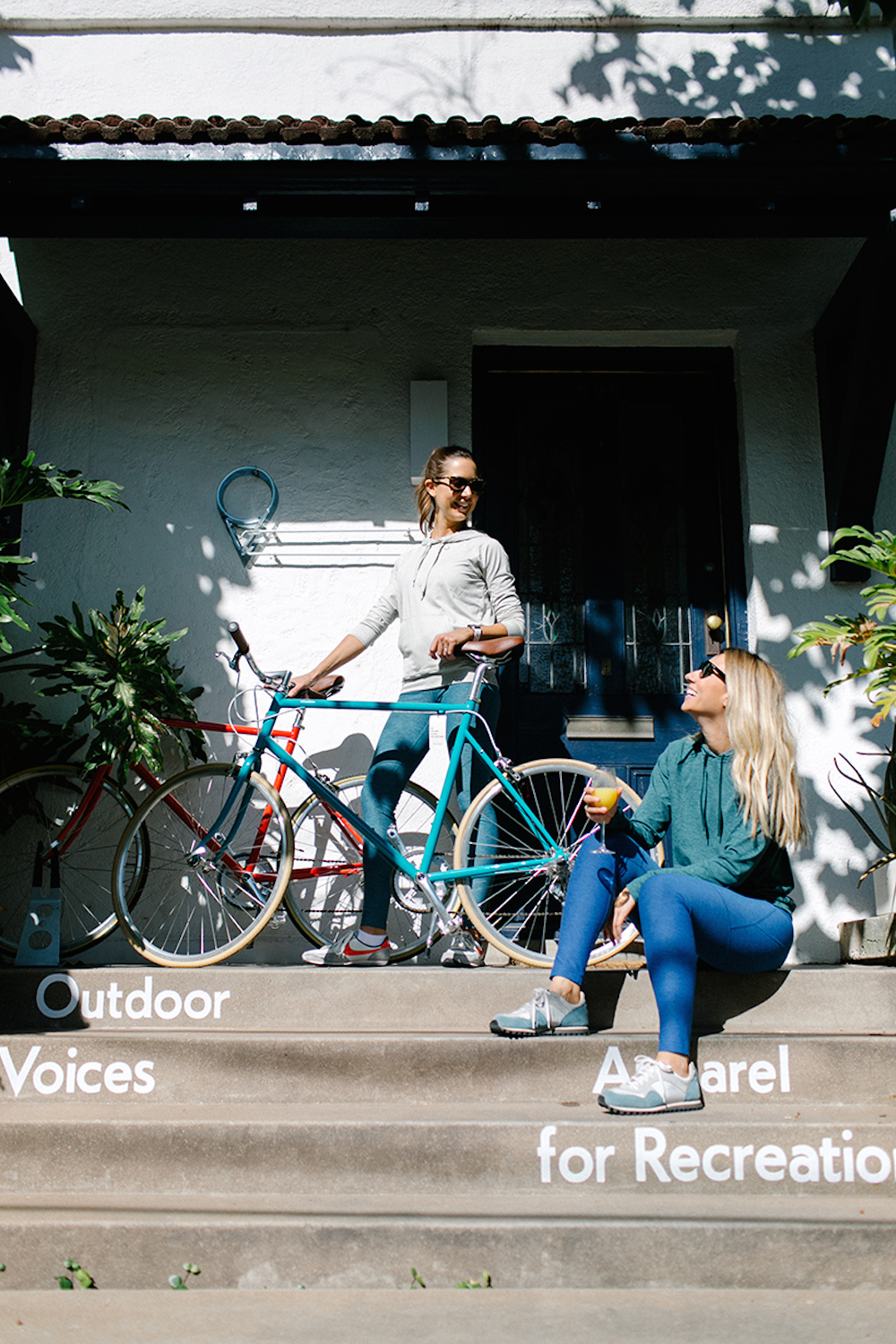featured image by kristen kilpatrick
We’re a few days away from closing out 2018, and ringing in 2019 with a bang. When it comes to New Year’s resolutions, there’s no denying that health and wellness goals often dominate the list of things we’d like to change or take up for the next 12 months. And rightfully so — with the latest wellness trends and products constantly flooding our social media and news feeds, it can be difficult to feel we’re doing enough to support our mind, body, and spirit to the fullest. Luckily, there’s been a shift away from fads and quick fixes, (counting calories is so 1999), and an increase in sustainable ways to support our health and wellness longterm. In 2018, we saw this firsthand with people having more open and honest conversations about mental health, switching to clean beauty, embracing intermittent fasting, adapting a healthy morning routine, incorporating breath work into stressful situations, and realizing social media might be contributing to our anxiety.
Building upon the progress we’ve made in 2018, we’re predicting that wellness will only continue to become more accessible and earth-friendly, and remain a high priority in 2019. Scroll on for our list of wellness trends, products, and lifestyle changes we expect to get some serious buzz this year.
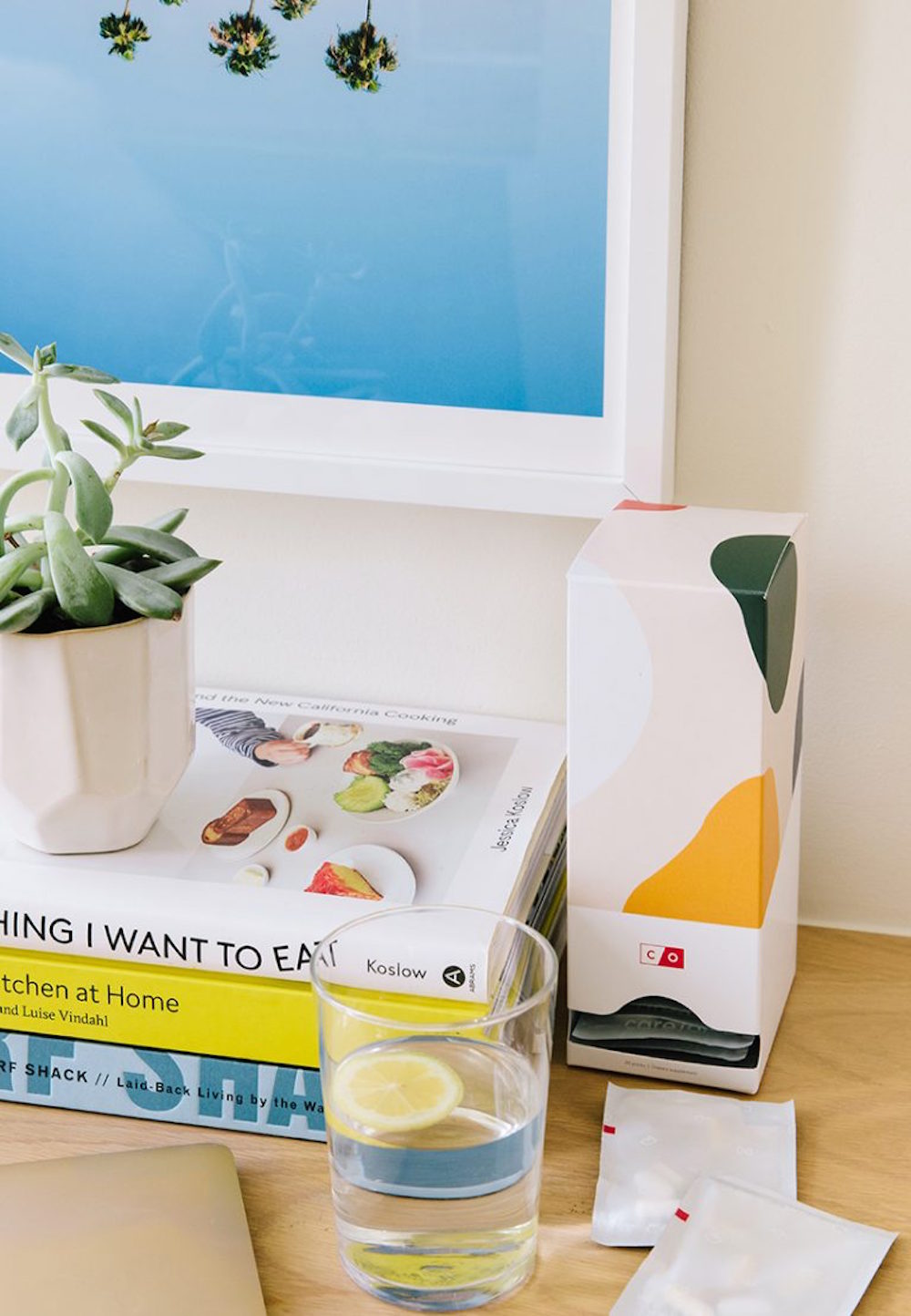 image by kristen kilpatrick
image by kristen kilpatrick
Probiotics With a Shelf Life
We all know that probiotics in the form of pills or supplements have been trending for quite some time now. They’re not only great for our gut and digestion, but also provide nutrients for glowy, youthful skin and strong hair. In 2019, we’re going to see a rise of brands in the health food space who will make it easier for you to get your daily intake of probiotics beyond the run-of-the-mill supplements, with no refrigeration required. According to the Whole Foods 2019 Food Trend Report, “Wellness-focused brands are making it easier to get more probiotics in your day by adding functional probiotic ingredients to your pantry staples through products like granola, oatmeal, nut butters, soups and nutrition bars. Another unexpected place shoppers can find probiotics is in the cleaning aisle with brands like Counter Culture Probiotic Cleaning Tonic, an all-purpose cleaner that utilizes probiotic cultures and essential oils. Even beauty brands are including pre- and probiotic-based ingredients through sunscreen and other topical body care.”
Fats are PHAT
Low fat diets and calorie counting out, fat on fat in. With the rise of popular diets such as Whole 30, Paleo, Keto and a we’re seeing a trend towards filling our plates with good-for-you fats. These high-fat diets are known to aid muscle growth, cognitive function, and skin health. Additionally, the keto diet has long been used to treat several medical conditions – you can read more about them here. This next year, we predict high-fat products such as Ghee, MCT Oil, Coconut Butter, and Avocado Oil will be flying off the shelves.
“Along with these phat fats, higher protein and lower-carb combos will continue to trend across simple and easy snacking categories. New integrations of fat sources — like keto-friendly nutrition bars crafted with MCT oil powder, coconut butter–filled chocolates, snacks affectionately called “fat bombs” and a new wave of ready-to-drink vegan coffee beverages inspired by butter coffees — are busting on the scene allowing consumers to get their fat fill with convenient treats,” Whole Foods says.
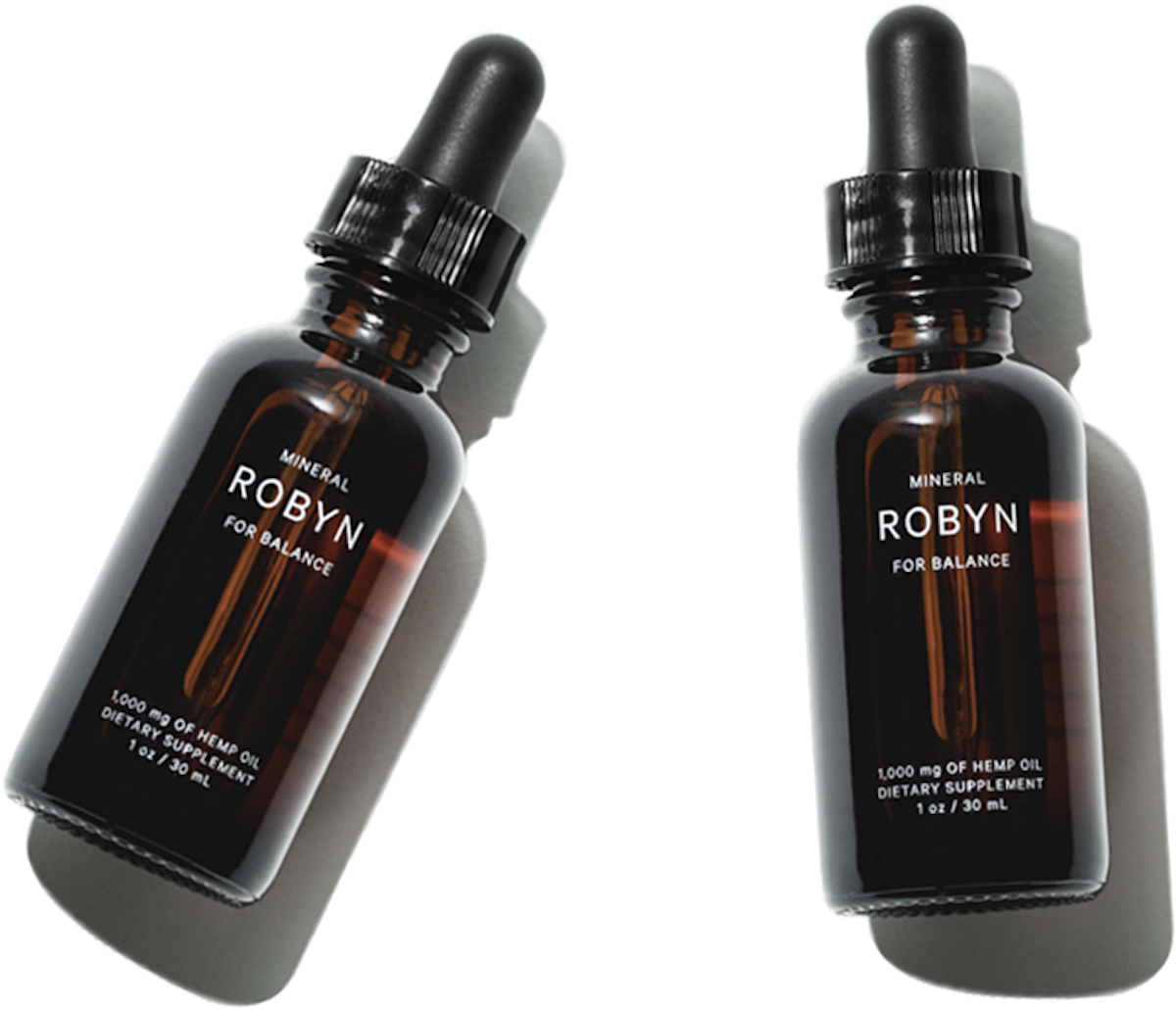 image by mineral health
image by mineral health
Hemp and CBD: Nature’s Cure All
The benefits of hemp hearts, seeds, and oils are nothing new to health and wellness lovers, but with latest research showing it can provide relief from chronic pain, sleep disorders, inflammation, anxiety, and nerve pain, it’s quickly becoming more mainstream. Dubbed as one of nature’s greatest superfoods for their concentrated balance of proteins, essential fats, vitamins and enzymes, hemp is taking the spotlight as a great source of plant based protein that can support optimal health and well-being, for life.
Hemp’s wellness sister, CBD, is also predicted to rise to the top of the charts in 2019. Earlier this year, we brought all our burning CBD questions to Jade Daniels, co-owner of Portland-based company Ladies of Paradise, and needless to say, everyone in the office was wanting to try CBD oil after learning about all the ways the natural supplement can support our health.
“Many people swear by CBD as an all-natural treatment for pain relief, anxiety, and PTSD, but growing research and user experience is arguing that CBD can be effective in treating more serious medical conditions as well,” she says.
The hemp extract is changing the way millions out there heal themselves, and has made major waves in the health community in recent years. In 2019, we can expect to see it expanding into the food world, too. Top chefs across North America are infusing CBD in everything from baked goods to grass-fed butter to fine dining favorites like tartars, emulsions, purées and cooked meat.
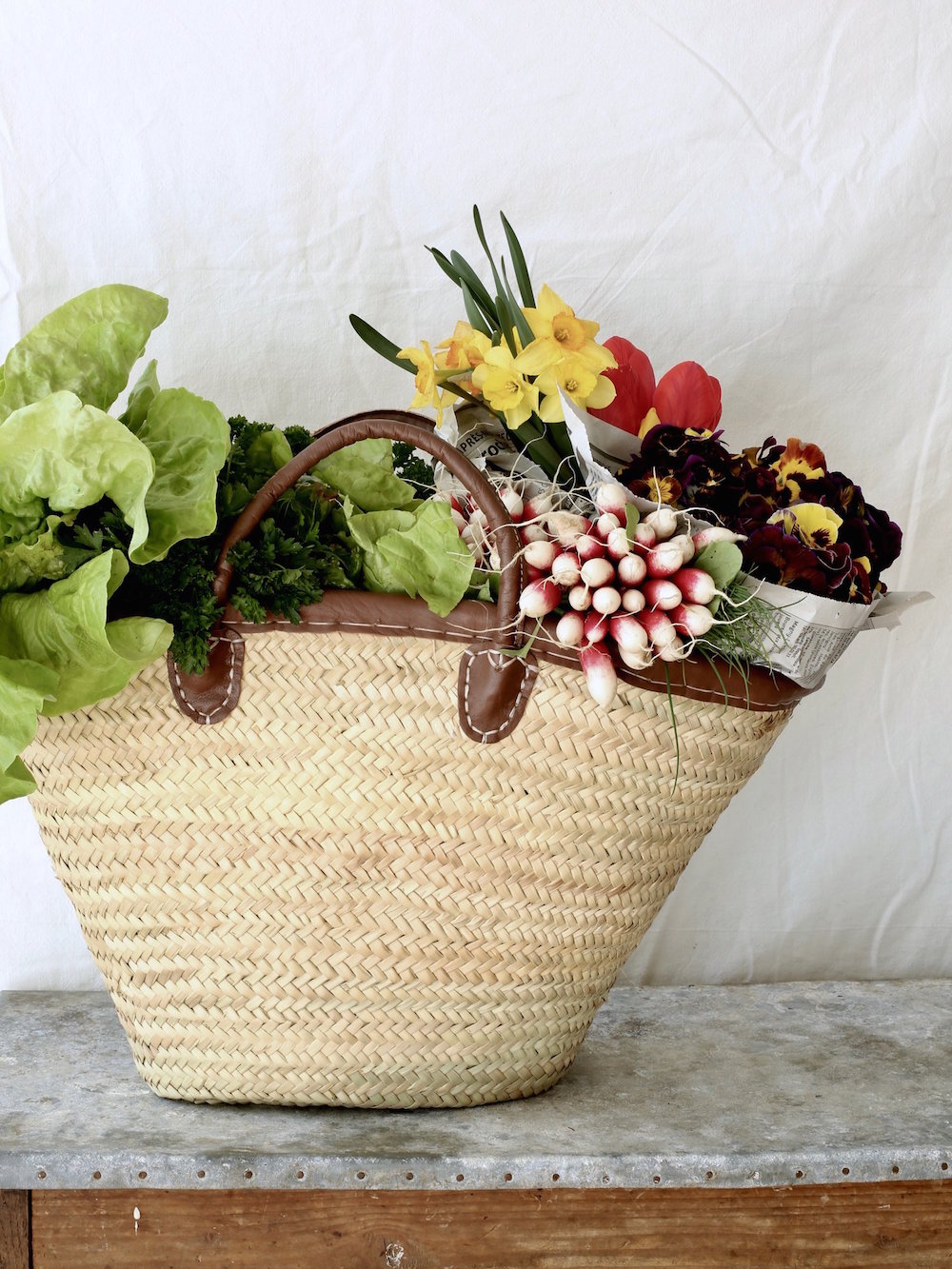 image by the cooks atelier
image by the cooks atelier
Zero Waste Movement
Expect to see an emphasis on reusing in 2019, with more produce departments going “BYOVB” (bring your own vegetable bag) and traditionally single-use packages going multi-use, like food wraps made from beeswax, as well as waxed canvas or other alternatives to the usual plastic bags. In 2019, we’re looking forward to more brands who will be working towards making a difference in environmental issues and reducing plastic waste. Brands like Woken Coffee are introducing eco friendly, compostable pods in their packaging, and the food and retail industries are getting onboard as well, with things like Casa Barilla’s Durum Wheat Pasta Straws and the Package Free Shop, an extension of Lauren Singer’s popularized Zero Waste Movement. Some movements start as trends, then become necessities. This is one of them.
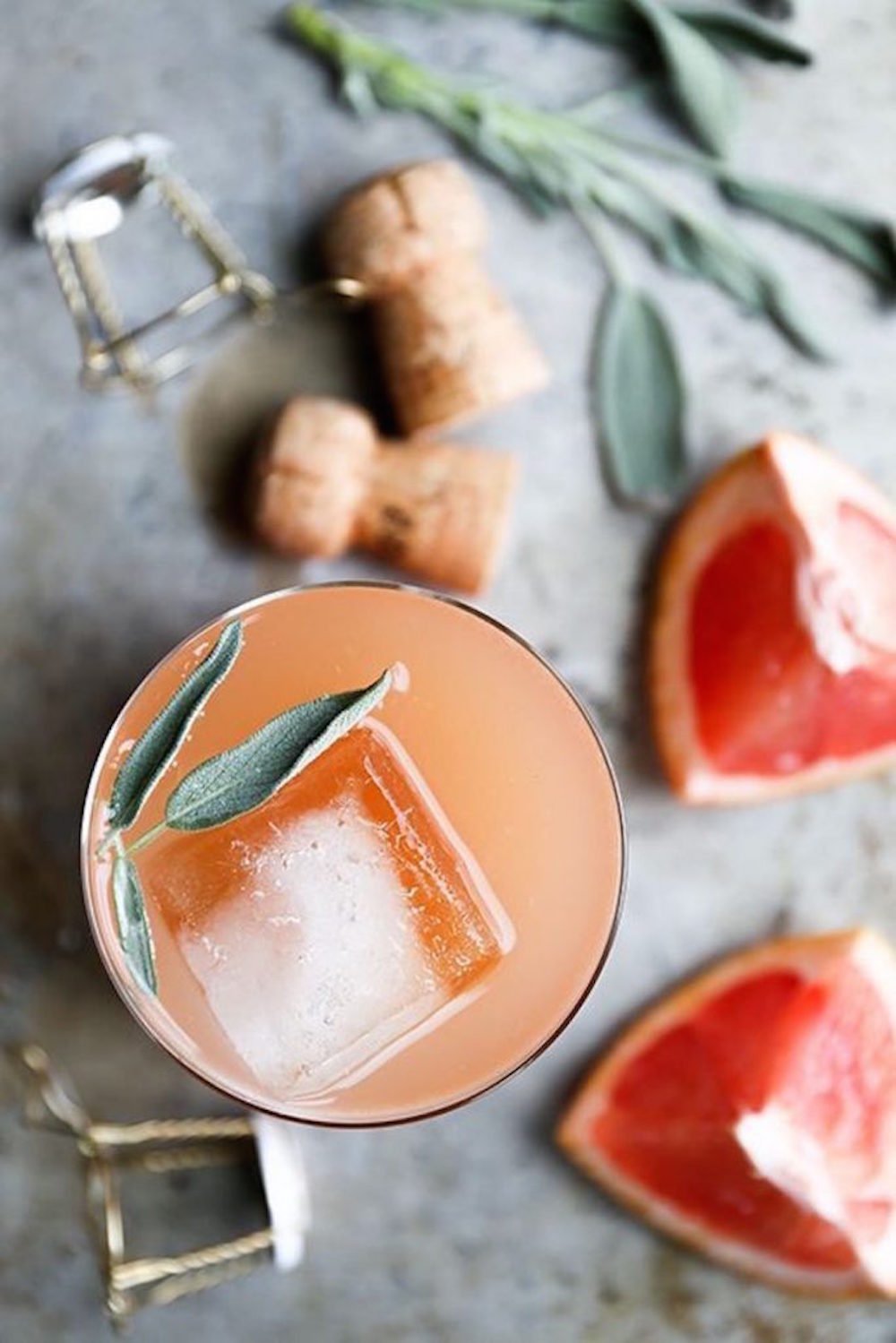 image by the floating kitchen
image by the floating kitchen
Mocktails Shaking Things Up
With more and more people choosing to make a conscious decision to forego alcohol, we’re likely to see more non-alcoholic beverage brands and mocktail bars in 2019. Sleek brands like Curious Elixirs who offer Booze-free craft cocktails, and Seedlip who make distilled non-alcoholic spirits are expected to gain popularity, and we’ll be seeing more booze-free bars like NYC’s Listen Bar, as well.
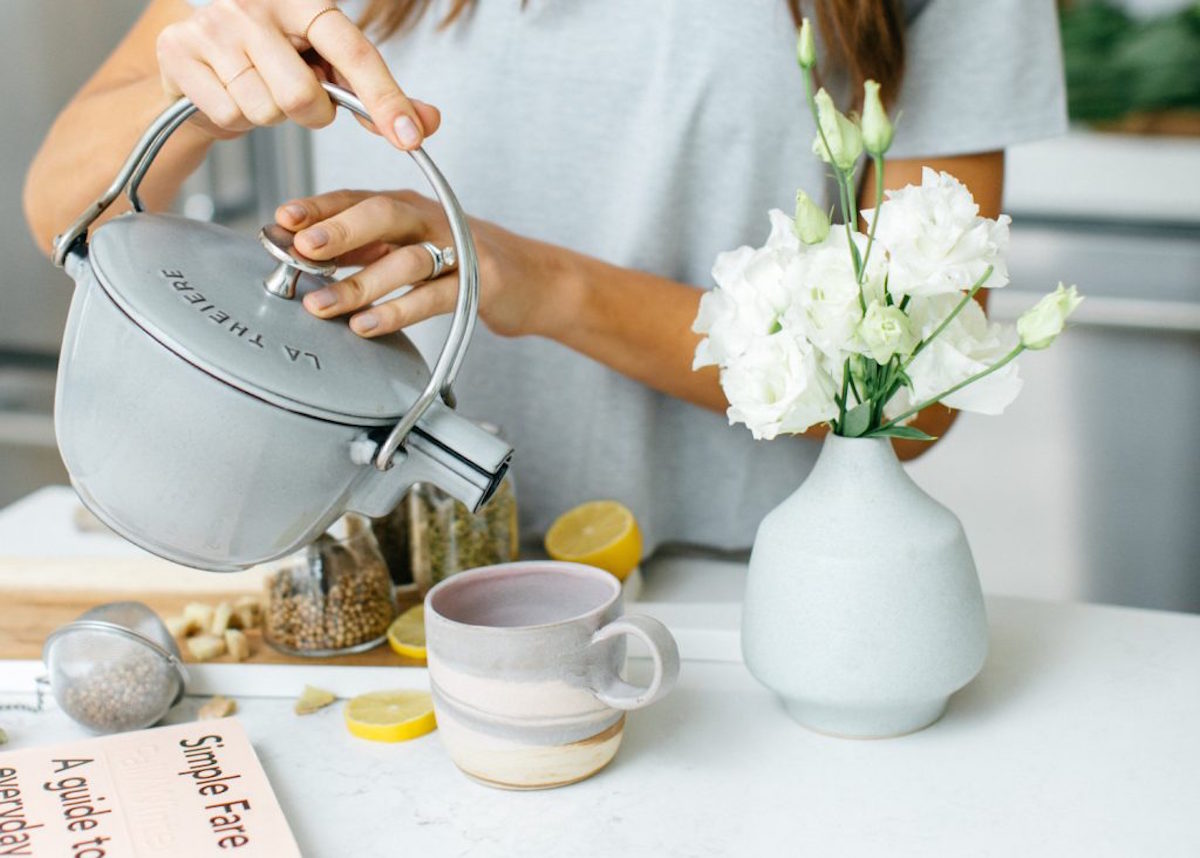 image by kristen kilpatrick
image by kristen kilpatrick
Ayurveda and Traditional Chinese Medicine Making a Comeback
We’ll be seeing these 5,000 year old health practices move into the mainstream as more focus is centered on the mind-body connection as a whole. With more and more people seeking reputable, science-backed forms of alternative healing, Ayurveda’s popularity will only continue to grow. This past year, we saw the release of Jasmine Hemsley’s cookbook, East by West, and Ayurvedic-influencer Sahara Rose’s Eat Feel Fresh. Gaia Herbs sells ready-to-go Golden Milk, so consumers can quickly, easily create the Ayurvedic staple at home, and Pukka Herbs, makes hard-to-find Ayurvedic herbs simple to brew up at home with their teas and supplements. “Ayurveda is going through a renaissance right now. People are observing that a diet, meditation, exercise routine or self-care practice that one friend swears by may totally not work for them, and that even foods and practices that worked for you last season may not work for you today.” explains explains wellnes guru and Ayurveda healer, Sahara Rose.
“We are becoming more in tune that we are ever-changing entities, and this is the premise of Ayurveda,” she says.
Adaptogens are also popping up in a variety of products, from supplements to smoothies and teas. Long used in Chinese and Ayurvedic medicine, these herbs help the body alleviate stress via interactions with the hypothalamic-pituitary-adrenal (HPA) axis and the adrenal system. The star of the adaptogen lineup is ashwagandha, (we love adding it to our coffee or tea in the morning), and it’s also been proven to help those struggling with stress-related insomnia.
 image by free people
image by free people
Ditching the Gym for At Home Fitness
We can expect to see more people ditching the gym for living room based workouts in 2019. A new report found that 54% of Americans who work out at least once a month are interested in buying an at-home fitness system. In addition to popular brands like Peloton, smart rowing machines, weight lifting systems, boxing gloves, and even jump ropes will continue to fill people’s living rooms. In an effort to save space and eye sores on the design front, we predict more companies like Mirror, a full-length connected device that comes alive with an LCD panel, stereo speakers, camera, and mic offering a range of one-on-one fitness classes that turns back into a mirror when you’re done, to enter the home fitness world next year.
Intelligent Muscle Recovery
Foam rolling and magnesium baths are no longer leading the pack of muscle recovery rituals post workout. As we continue to take recovery more seriously, gadgets will pop up to help us do so. In 2018, we watched as the TheraGun, a handheld massage machine developed by a chiropractor, became the go-to tool to help people recover like the pros (celebs such as Michael Phelps and Ashley Graham say they swear it.) Research continues to affirm that massage therapy helps improve muscle performance and increase range of motion after strenuous workouts, so the trend is backed by science as well as star power.
Looking forward to next year, we bet you’ll also start to see a lot more gadgets like this popping up at your local gym, and in studios solely dedicated to recovery such as Upgrade Labs, a new fitness concept from Bulletproof‘s Dave Asprey that offers 15 treatments for improving mental and physical performance and recovery.
“Growth doesn’t happen during the workout but during the recovery phase,” says Upgrade Labs CEO Martin Tobias.
“Modern recovery technologies use stronger signals like vibration, infrared light, targeted compression, intense cold, intense heat, powerful detoxification, and advanced nutrition to speed recovery and development.”
 image by andrea posadas
image by andrea posadas
Natural, Clean Wine
While the food world has been getting healthier and healthier, the vast majority of us are still swigging the equivalent of factory-farmed wine. Nonorganic wines come from grapes that have been sprayed with pesticides and contain a number of chemicals to stop fermentation. “There’s a laundry list of legally approved additives that can be used in winemaking—everything from colorants to tannin softeners to fish bladders—without any requirement to list them on a wine’s label,” explains nationally celebrated sommelier Dana Frank explains in her new book, Wine Food.
Luckily, natural and organic wine is set to become the center of the new vineyard-to-table movement. Natural wine usually means that the grapes were grown without herbicides, pesticides, or additives in organic vineyards. The grapes ferment on their own, with wild yeast found in the environment. With online grocery shopping on the rise, shopping for niche natural wine is becoming easier with companies like Dry Farm Wines –“the only health-focused, natural wine club in the world”, and Thrive Market with their large selection of organic wines, all of which retail for under $20 a bottle.
 image by wish wish wish
image by wish wish wish
Sleep Well, Live Well
2019 will be the year that we all learn just how important it is to prioritize our shut eye. When we don’t get enough sleep, our cognitive functions are impaired, so we are more likely to overreact and become irritable. “Lack of sleep also can contribute to weight gain, diabetes, high blood pressure, depression, and other mental health issues,” according to Satchin Panda, Ph.D., author of The Circadian Code: Lose Weight, Supercharge Your Energy, and Transform Your Health From Morning to Midnight.
“Sleep deprivation is the new smoking.” —Arianna Huffington
The last few years have seen several new tech products to help people sleep, including nighttime wearables, sleep trackers, smart pillows, and more. Now, the issue is spreading to more industries in the health and wellness space. “In May, Equinox announced a new “sleep coach” program for its members, as well as a clinical research study demonstrating how sleep impacts performance. This upcoming February will see the launch of Nightfood’s new line of ice cream that complements the human sleep cycle. Nightfood is betting on sleep health becoming the next big functional food category,” according to Fast Company. We can expect new products designed to help us get a better nights rest (weighted blanket, anyone?) pop up in several health and wellness categories these next 12 months.
 image by audrey rivet
image by audrey rivet
Ban the Blue Light
Cell phones, TVs, tablets, and computers are the main contributors to our lack of sleep and general increase in health problems resulting from sleep depravation. According to Lynn Laboranti, M.S., R.D., a registered dietitian for Nature Made, one the “major driving factors” of sleep disruption is a symptom of our crazy-busy lives: the blue light from our screens in the evening. “When we’re exposed to the light during the day, it suppresses the production of melatonin to keep us alert. But at nighttime, we might be exposed to light from our phone or computer screens, which can shut melatonin down and when we really need it to work for us to promote restful sleep,” she says.
Shutting off electronics and light at night can help your body wind down to go to sleep. It comes as no surprise that an increasing number of blue-light-blocking products will continue to hit the shelves from brands like Pixel Eyewear, Felix Gray, TrueDark, and Quay Australia. The iPhone now has a Bedtime feature that aims to support a natural sleep-wake cycle, and all of our phones now automatically emit less blue light in the evening. In 2019, we hope to see more blue-light-blocking products, like these screen protectors from Eye Just, become more readily available to help protect our eyes –and our precious shut eye!


